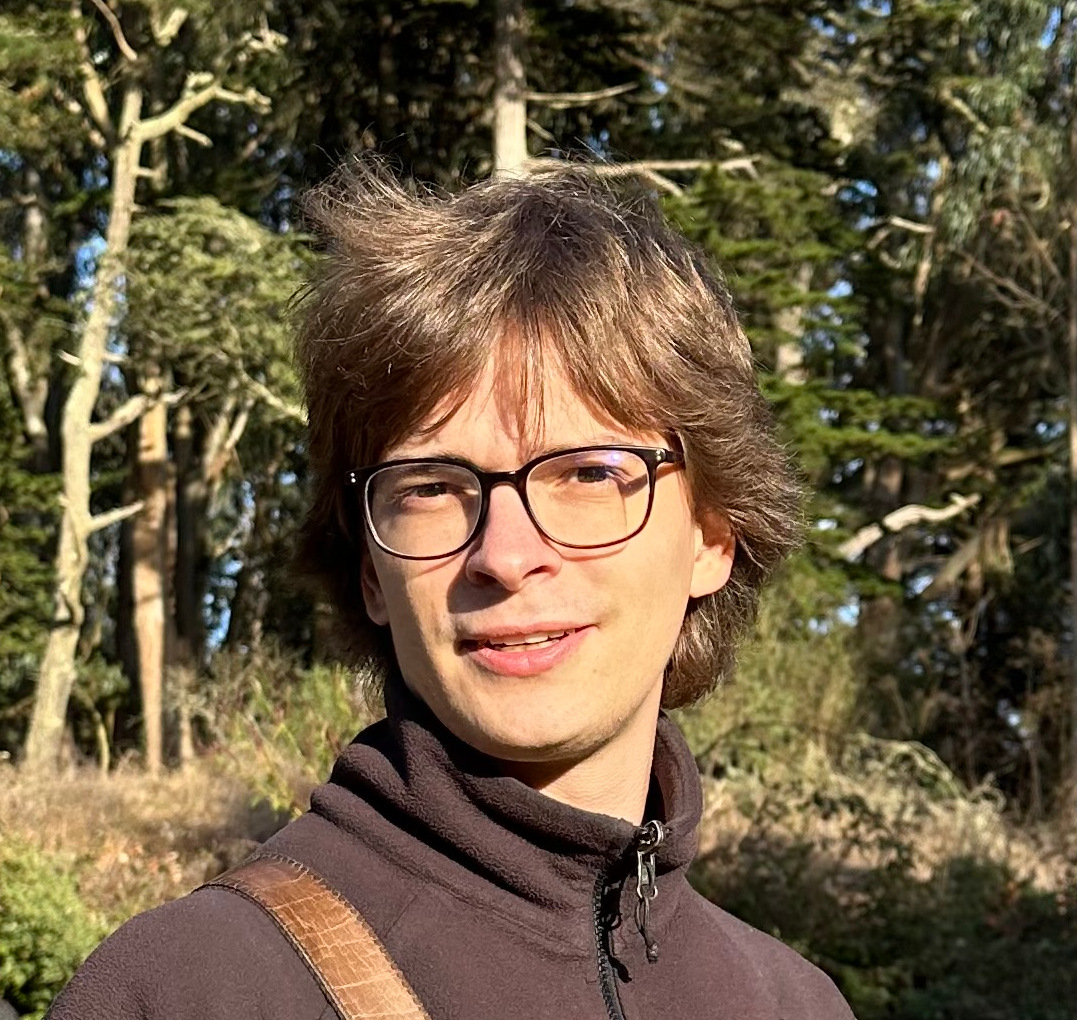Seismic Data Enthusiast
I am currently working as a postdoctoral researcher at UC Berkeley. My research focuses on seismic data analysis, mantle tomography and seismic noise. I am working on a model of deep structure beneath the South-West Pacific combining seismic data, geodynamic modeling and rock mechanics.
I am particularly interested in large data volumes and the inherent challenges of cleaning up and processing them efficiently, in particular seismic noise cross-correlations and distributed acoustic sensing. To complement that, I have experience in the inversion of seismic data, both using bayesian inference and gradient-based methods.
Combining Seismic Anisotropy, mineral physics and geodynamics to investigate mantle flow in the Extended Transition Zone in the Southwest Pacific (AGU 2024)
The presence of ponding slabs at the base of the mantle transition zone (600-700 km) can be explained by the changes in material properties related to phase changes around this depth. However, recent tomographic studies have shown the presence of slabs stagnating at larger depths of around 1000 km. Geodynamic simulations, mineral physics experiments and seismic tomography provide complementary information on deformation in the mantle.
In particular, seismic anisotropy provides constraints on the direction and strength of past or present flow. The south-west pacific zone is an area with a very complex tectonic setting, with several subduction zones in a relatively small area, illuminated by a very high level of seismicity. It is thus of particular interest to understand the dynamics of the extended transition zone. The upper mantle in this area has been the object of numerous regional tomographic studies, including high-resolution full-waveform tomography. Deeper structure has been informed by global tomography, and independently, by shear wave splitting measurements. Our objective is to perform a full-waveform inversion of the region for both radial anisotropy and azimuthal anisotropy using body and surface waveforms and XKS-splitting data down to ~1200 km depth.
We present updated results of a full-waveform inversion of the region including azimuthal anisotropy recovered from body and surface waveforms and XKS-splitting data. The goal is to compare the results with predictions of azimuthal and radial anisotropy obtained from geodynamics modelling with tracers, combined with visco-plastic self-consistent modelling (VPSC) modeling, taking into account phase changes and recrystallization, to constrain mineralogy and slip systems at play, as previously performed at the base of the mantle (e.g. Wenk et al., 2011, EPSL; Cottaar et al., 2014, GJI; Chandler et al., 2021, GJI).
